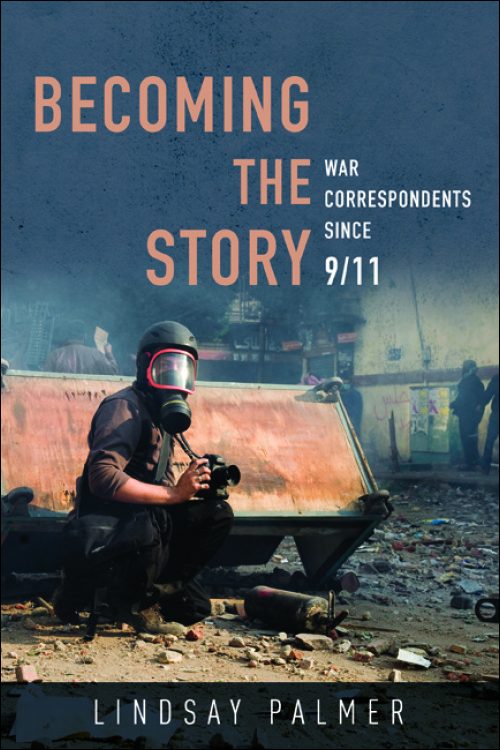Guest Editorial by Dr. Lindsay Palmer, School of Journalism and Mass Communication, University of Wisconsin-Madison.
Human rights reporting is a notoriously dangerous profession. Because human rights journalists cover the extreme side of human suffering—visiting makeshift refugee camps, traversing villages riddled with disease, or traveling to the front lines of militarized international conflict—these news workers often risk their own injury, illness, or death.
Some of the most cutting edge academic research on international journalism crucially outlines the various dangers that human rights journalists face in the 21st century, particularly in the context of covering the “war on terror.” This research not only points to the perils of reporting on the actions of so-called “terrorists,” but also illuminates the threats that powerful, democratic nations can pose to reporters in the field.
We need this kind of research more than ever before. Yet, we also need to examine the risks from a slightly different perspective: that of the news industry itself. We should be asking, in other words, how news editors, executives, and journalists are working together to mitigate the dangers of doing the vital work of human rights reporting. Is the “rough and tumble,” “cowboy” culture of human rights journalism—especially war reporting for news outlets based in the West—undergoing any changes? And if so, are these changes affecting everyone who works in human rights journalism, from the staff correspondents to the freelancers to the local stringers and fixers?
Becoming The Story: War Correspondence Since 9/11 by Lindsay Palmer
These are the questions that I am trying to answer in my new book on conflict reporting in the age of the “war on terror.” Conflict reporting is a fundamental subcategory of human rights journalism, since it addresses the most flagrant of human rights violations. As my book shows, this type of reporting has a long history in the Anglophone press, going back at least 200 years. And the tendency for war reporters to get hurt on the job is just as old as the profession of war reporting itself.
In the early days of conflict correspondence, war reporters were usually expected to fend for themselves, facing obstacles that became the stuff of legend and displaying their wounds as a badge of pride. Yet, my book reveals that toward the end of the 20th century, news executives slowly began to move toward the institutionalization of what I call “safety culture”—an environment in which the Anglophone war reporting industries began to think and talk much more about journalists’ safety in the field.
Though news outlets began sending their correspondents to hazardous environment training in the context of the Balkan conflicts of the late 90s, this increased focus on journalistic safety exploded after the September 11 attacks on the World Trade Center. Throughout the first decades of the 21st century, news editors have increasingly conceded that they need to send their reporters to hazardous environment training, to provide them with safety equipment, and to devise elaborate risk assessment plans that require correspondents to check in with their editors in ways they never had to do before.
The Problem with “Safety Culture”
While this may sound like a positive development, my book unfortunately has some critiques to offer as well. The thing we need to understand about “safety culture” is that it is cultural—it is discursive, performative, and conceptualized according to a hierarchy that places some news workers at more of a disadvantage than others. For instance, although most of the major English-language news outlets now tout the importance of safety in the field, they still often accept work from correspondents who place themselves at grave risk in order to get the story. What is more, most major news organizations continue to argue that they are not responsible for the safety of freelancers, instead imploring freelancers to stay away from dangerous areas. On top of this problem, it is almost unheard of for news organizations to protect the local “fixers” that foreign correspondents hire to help with translation and navigation in the field—despite the fact that international human rights reporting could simply not exist without the help of fixers.
“Safety culture” is most beneficial to the Anglophone news industry’s shrinking number of staff correspondents. The myriad news workers who do not fit into this category are protected much more unevenly, sometimes in a piecemeal fashion that might change from one assignment to the next. And although major news outlets around the world are taking slow steps to change this problem—particularly by signing a list of principles on the protection of freelancers—there is little accountability to ensure that these steps are uniformly enforced.
Because of this problem, journalism and communication scholars need to engage in the admittedly tricky work of critiquing “safety culture” itself. We need to be investigating the ethical ramifications of “safety culture’s” hierarchical foundation, pushing for more egalitarian policies that protect human rights journalists as they do the important work of documenting human suffering in the 21st century.






